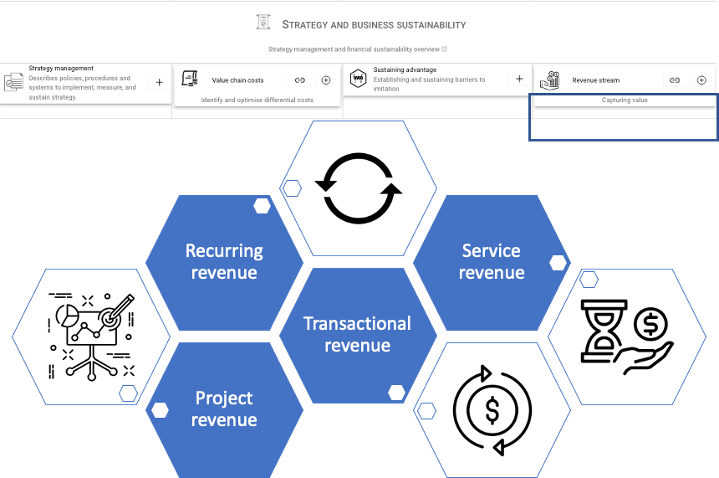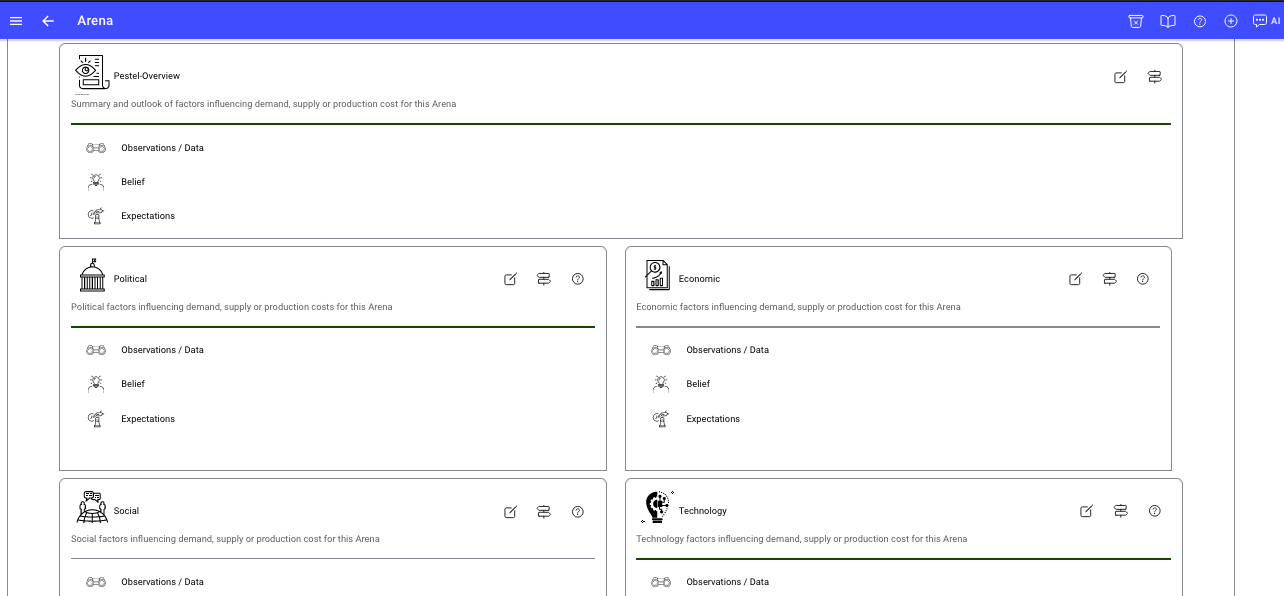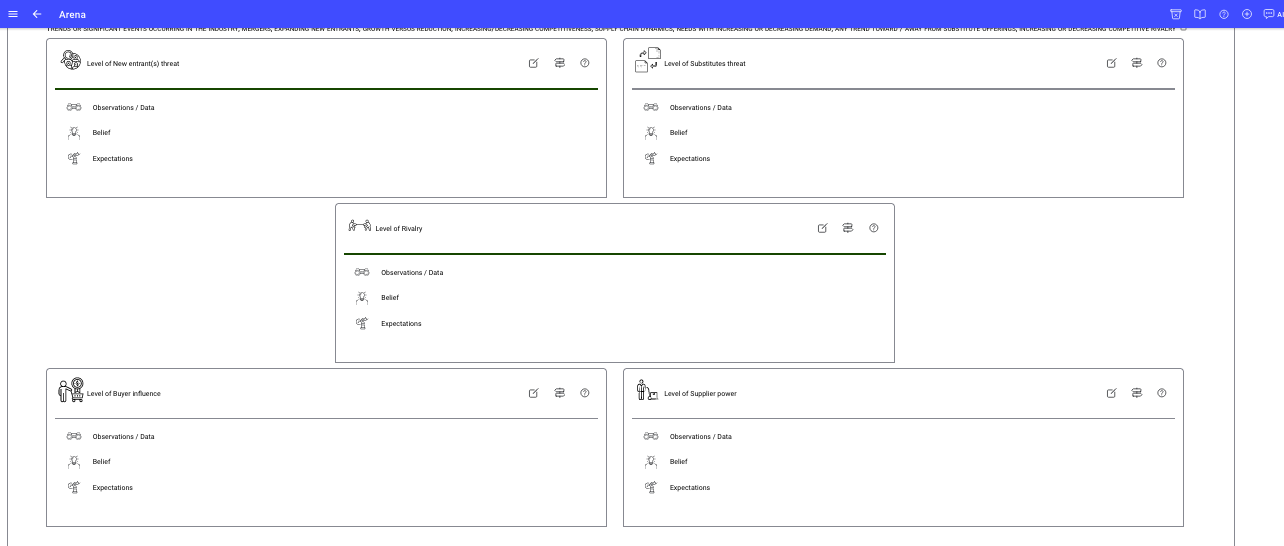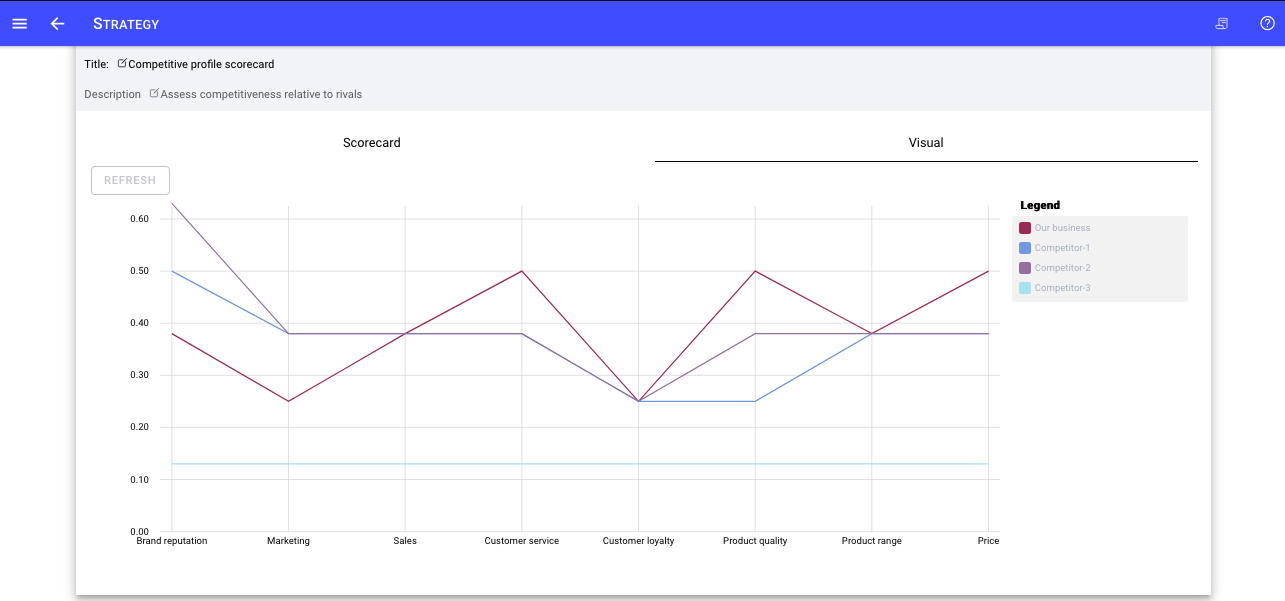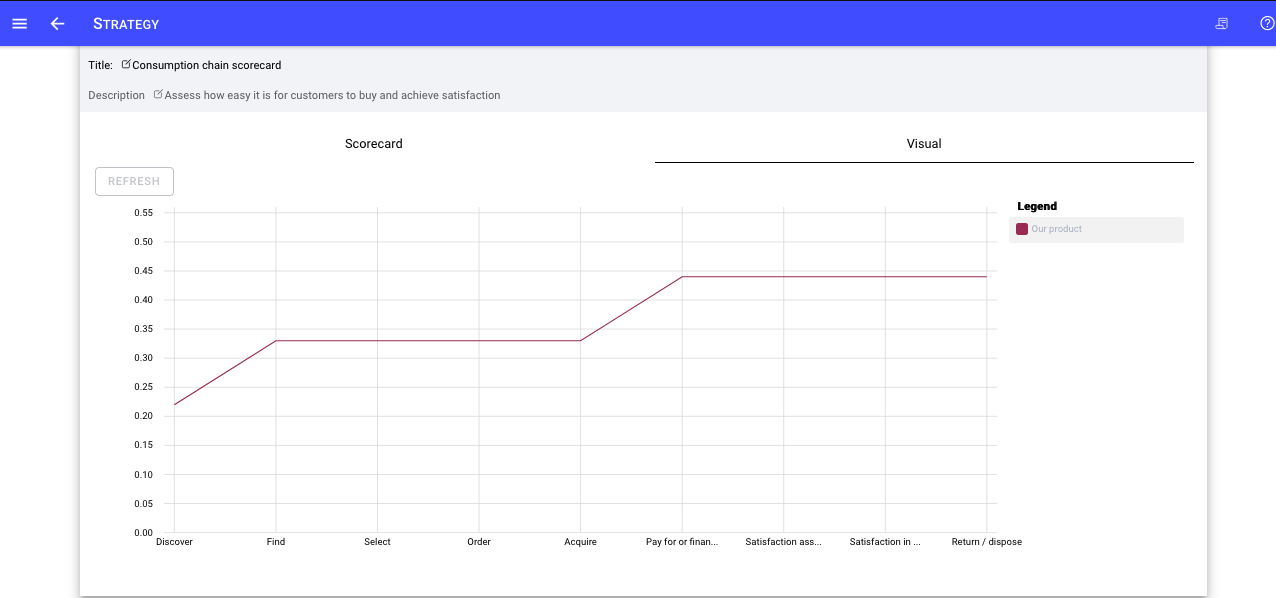In this section
In this section you can review possibilities for revenue models to capture the value from your value proposition. In many cases, your value proposition may have an existing revenue model. You can review these models to investigate whether there are alternatives or additional models that could improve revenue and augment your value proposition.
Create and add revenue models to your unique value proposition in StrategyCAD™.
Revenue and its’ rate and volume of inflow is:
A valuable metric reflective of the value being delivered
Necessary to sustain the value proposition of the business
Provide the rewards and security for the stakeholders in the business.
To capture the value into the business from the delight created,
the business needs one or more revenue model(s).
A revenue model serves as a pattern for capturing revenue.
There are a variety of revenue models to choose from and different
revenue models may be preferred by different customer segments.
For example, some segments acquiring a new automobile will prefer a
transactional sale and other segments might prefer financed lease.
The following are common revenue models for consideration in your strategy
and to make the delight your value proposition
creates accessible to different market segments.
NOTE:
In StrategyCAD™ you can link your revenue models to the
Market segment within the Market segment canvas.
Recurring revenue is revenue that is likely to continue to be generated regularly
for a significant or defined period. It is accomplished by selling subscriptions,
services, leases, or usage that are paid on a regular cadence.
It could take the form of invoices paid monthly by consumers,
or commercial contracts lasting several years.
Recurring revenue can be tracked monthly, as Monthly Recurring Revenue (MRR),
or an annual basis, as Annual Recurring Revenue (ARR).
Minimizing customer churn is Key Performance Indicator for sustaining MRR or ARR.
Recurring revenue metrics
Monthly recurring revenue (MRR) - total revenue per month from recurring payments ONLY.
Quarterly recurring revenue (QRR) - total revenue per quarter from recurring payments ONLY.
Annual recurring revenue (MRR) - - total revenue per year from recurring payments ONLY.
Transaction-based revenue e.g. customer makes a purchase of an product.
Revenue is earned via a one-time payment from a customer in exchange
for the company's offering.
A customer, buying a product, generates a transaction-based revenue.
This type of revenue is sometimes considered less attractive than the
recurring model because the cost of acquisition is incurred for each transaction.
Additionally, subscription / lease-based arrangements can lower upfront
investment required making the recurring purchase within customer reach or
budget approval.
Transaction revenue metrics
Total sales (from non-recurring) per period of time (monthly, quarterly, annually)
Discounted sales - sales made as result of having to offer discounts
Differentiated sales - sales made as a result of differentiated or distinct value (no discount)
Project revenue - revenue earned from one time project work e.g.,
build a client website, complete a consulting engagement, staged payments
in a multi-phase construction.
Revenues generated through one-time projects for customers/clients.
Maintaining customer relationships and project outcome satisfaction,
is important to assure this type of revenue stream and lower acquisition costs.
Revenue can be difficult to predict, particularly when economic or industry
circumstances change.
To augment with recurring revenue consider adding asset maintenance or
support arrangements to assure the ongoing benefits of the project delivery
and predictable income.
Project revenue metrics
Customer satisfaction (likelihood of being a repeat customer)
Customer relationship (how connected to the customer is the business) to support future and ongoing client needs
Percent of repeat business or referrals
Service revenue is common for a consulting and professional service business,
where revenue is received in exchange for the time / expertise of the
employees of the business in providing a service e.g.,
a doctor consultation is a service revenue model
Opportunities to assure revenue can be obtained by gaining longer term
commitments for the exchange of value
e.g., a 12-month engagement rather than a 3-month engagement.
Offering a fixed number of services over a period
as a recurring arrangement.
For example, a medical clinic might offer a 5-point health check-up quarterly for a
recurring fee charged annually to convert service fees to recurring service fees.
Service revenue metrics
As per project revenue metrics
-
From the Strategic choices canvas - Revenue model in the Strategy management and Business sustainability section.

You can click the + Add icon to create a new revenue model or the link icon to link an existing revenue model. If you create a new one, complete the details in the dialog box and then you can link it to your strategic choices canvas.
Record a name and description for the revenue model
Click or tap create to create the revenue model
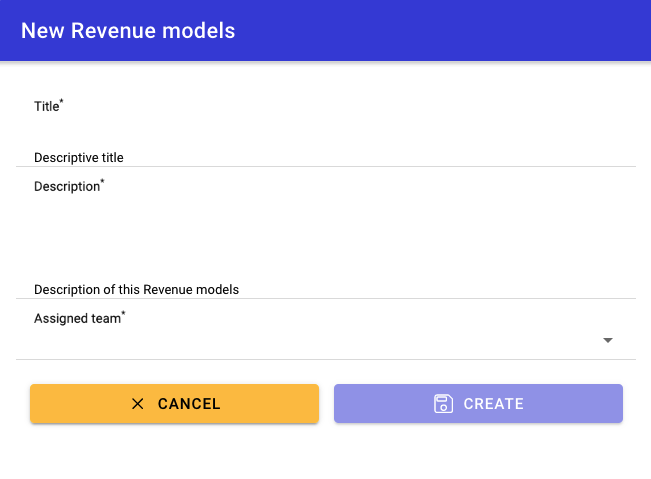
New revenue model dialog in StrategyCAD™
You can relate your revenue models directly to your Strategic choices canvas to capture and manage the revenue models used by your Strategy.
Additionally, you can link one or more revenue models to any other entity as well to identify that a revenue model applies to that entity e.g an Offering (Product or Service), Market or Customer segments, or Arena (a particular industry in a specific geography)
